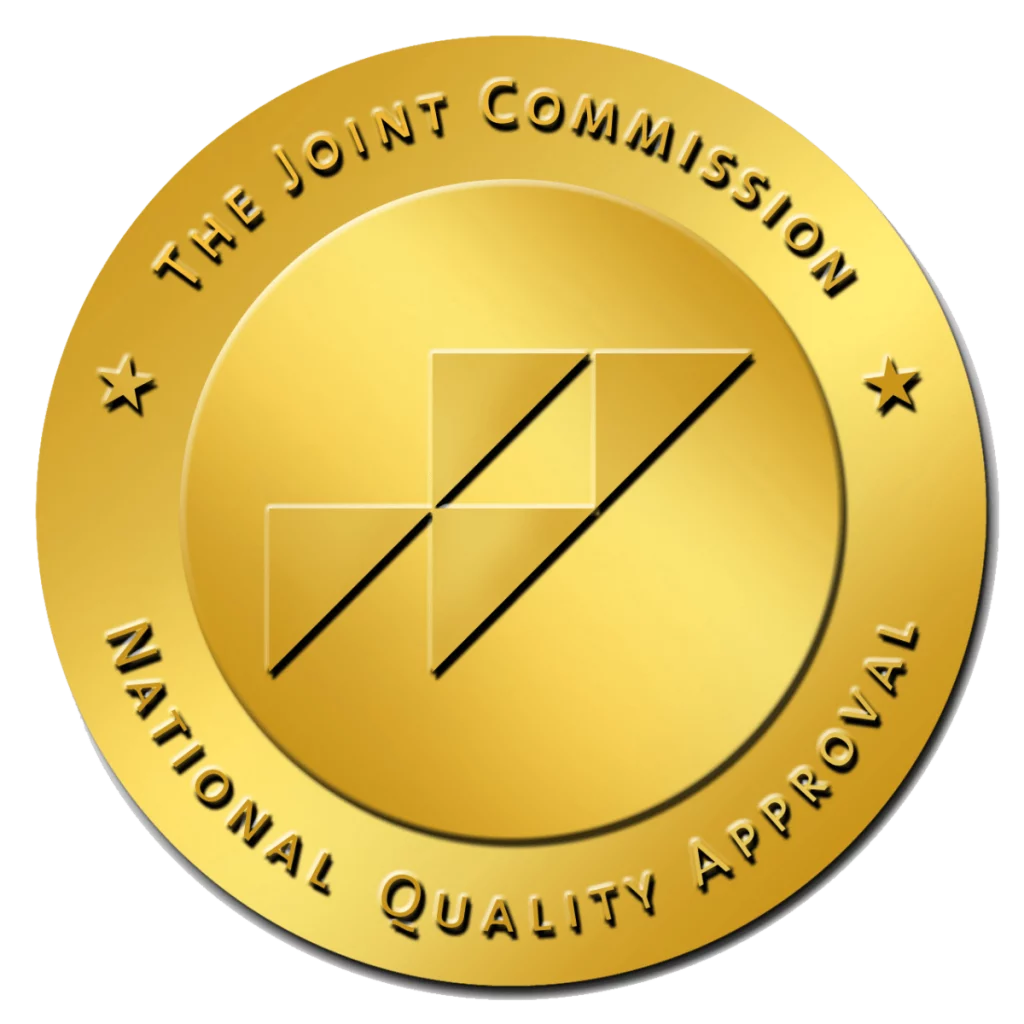Once known as manic-depressive illness, the mental health condition bipolar disorder causes extreme mood swings. Bipolar disorder affects approximately seven million adults each year. The illness is marked by dramatic fluctuations in mood, energy, and activity levels. Manic phases bring on heightened mood and hyperactivity, while episodes of depression can cause intense sadness, lethargy, and loss of interest in daily activities.
Bipolar episodes are very distinct from the normal ups and downs that everyone goes through. They can last for days, weeks, or even months and significantly interfere with a person’s ability to function. The nature of these episodes varies widely among those affected, making bipolar disorder a spectrum of conditions rather than a single diagnosis. Each person’s experience with bipolar disorder is unique and influenced by the frequency, intensity, and duration of their mood swings.
The Different Types of Bipolar Disorder
An article from Boston Mind Care explains that bipolar disorder manifests in four various forms, each characterized by a distinct pattern of mood swings.
- Bipolar I disorder is identified by at least one manic episode that may be preceded or followed by depressive episodes. These manic episodes are intense and disruptive, lasting a week or more, or are severe enough to necessitate hospital care.
- Bipolar II disorder is defined not by full-blown manic episodes but by periods of hypomania, a less severe form of mania, coupled with episodes of major depression.
- Cyclothymic disorder, or cyclothymia, represents a milder form of bipolar disorder, with patients experiencing brief periods of hypomanic symptoms and mild depression for at least two years. However, these symptoms do not meet the full diagnostic criteria for hypomania or major depression.
- Type 4 bipolar disorder includes specified and unspecified bipolar and related disorders, which include symptoms of bipolar disorder that do not match the three main categories.
Rapid Cycling
Some people experience bipolar 1 or bipolar 2 with rapid cycling. These individuals experience four or more depressive, hypomanic, manic, or mixed episodes within a one year.
Occurrences of rapid cycling could include:
- Feeling stable for several weeks between episodes
- Experiencing episodes of depression, followed by episodes of hypomania or mania
- Experiencing episodes that last days, weeks, or months
Rapid cycling may occur at certain times in an individual’s life but not at other times, depending on the person.
Recognizing the Symptoms of Bipolar Disorder
Identifying the symptoms of bipolar disorder is crucial for seeking timely and effective treatment. Manic episodes may present with symptoms such as an unusually elevated or irritable mood, an overabundance of energy, a reduced need for sleep without feeling tired, rapid speech, racing thoughts, impulsive or high-risk behaviors, and unrealistic overconfidence in abilities.
Depressive episodes can lead to profound feelings of sadness or hopelessness, a noticeable decrease in energy, loss of interest in activities once enjoyed, significant changes in appetite or weight, sleep disturbances, either insomnia or oversleeping, a pervasive sense of worthlessness or excessive guilt, and recurring thoughts of death or suicide.
Manic and depressive symptoms significantly impact a person’s quality of life and can cause noticeable difficulties in work, school, or social relationships. Being vigilant about these signs and acknowledging when they deviate from one’s normal behavior patterns or mood fluctuations is essential. Early recognition of these symptoms enables individuals to seek professional help, which can lead to a more accurate diagnosis and effective management plan tailored to their specific needs.
Understanding the Causes Behind Bipolar Disorder
The origins of bipolar disorder are multifaceted, involving an intricate mix of genetics, brain structure, and environmental factors. Studies have consistently demonstrated a genetic component to the disorder, with those having a first-degree relative with bipolar disorder showing an increased likelihood of developing the condition.
However, genetics alone do not account for all cases, indicating that environmental triggers also play a crucial role. Life events such as trauma, loss, high stress, or substance abuse can precipitate the onset of bipolar episodes, especially in genetically predisposed individuals.
We Can Help
If you or a loved one suffers with bipolar disorder, we can help. At Canyon Vista Recovery Center in Mesa, Arizona, we offer mental health treatment for individuals who suffer from bipolar disorder, borderline personality disorder, depression, anxiety disorders, substance use disorder, and co-occurring disorders. Contact us today to find out how we can help.










